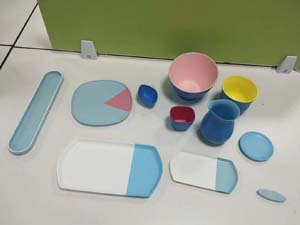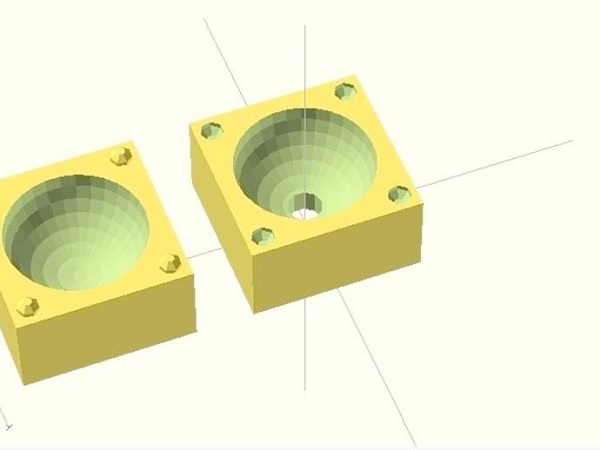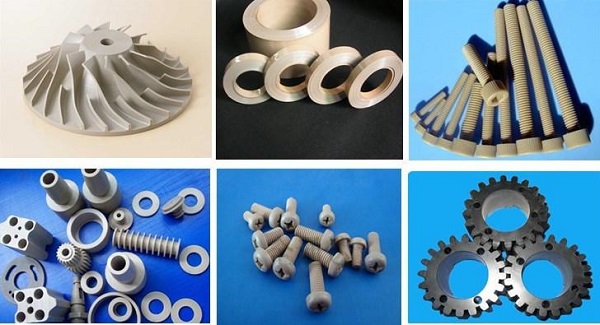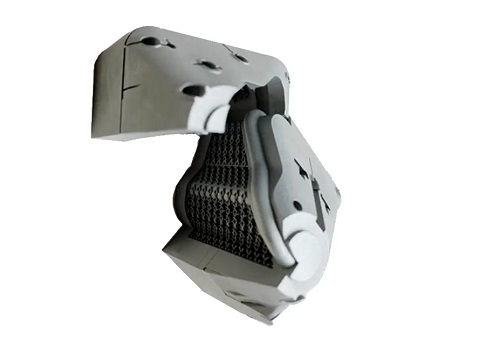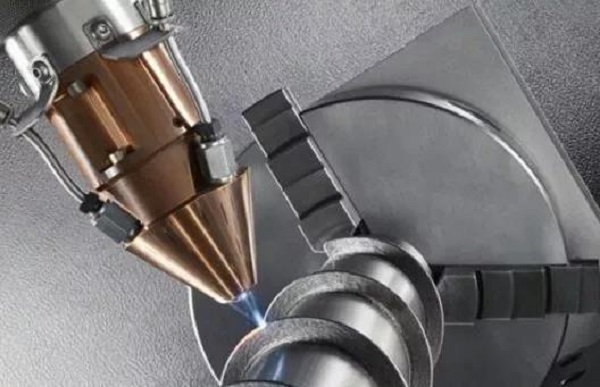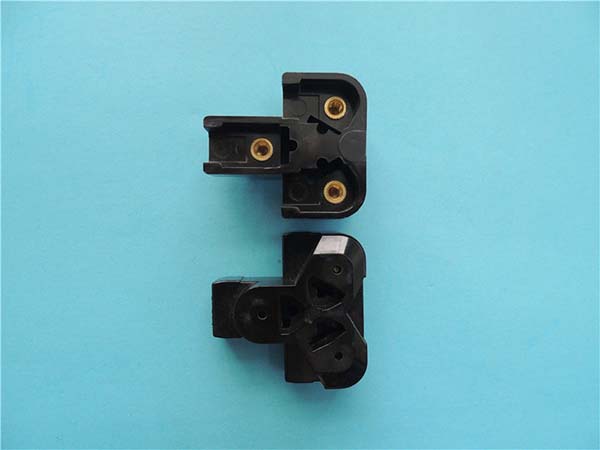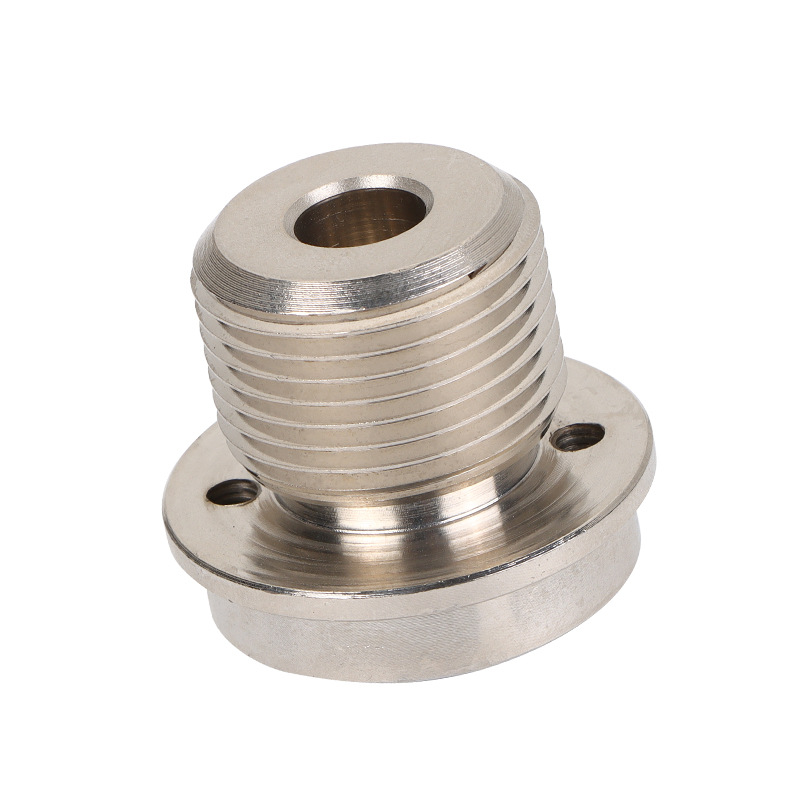You’ve loaded a spool of TPU, eager to print a flexible phone case or a custom grip, only to watch the filament bunch up in the extruder, leaving a messy, unrecognizable blob on the bed. Or maybe your print finishes—sort of—but the part is too stiff, lacks elasticity, or tears when you stretch it. TPU and TPE, the “rubber-like” filaments, promise endless possibilities for flexible parts, but their behavior during printing feels unpredictable. These frustrations make them seem like advanced materials best left to experts.
The truth is, TPU and TPE’s unique material characteristics—their ability to stretch, bounce, and return to shape—require a different approach than rigid filaments like PLA or PETG. Mastering them means understanding their flexibility spectrum, nailing the printing parameters that prevent jams, and knowing which applications truly benefit from their elasticity. In this guide, we’ll demystify 3D printing TPU/TPE, turning frustration into functional, flexible parts.
Material Characteristics: The Flexibility Spectrum
TPU (Thermoplastic Polyurethane) and TPE (Thermoplastic Elastomer) are part of a family of flexible filaments, but they’re not interchangeable. Their material characteristics vary widely, making them suited for specific tasks:
- Flexibility and elasticity: At their core, both offer flexibility (the ability to bend) and elasticity (the ability to return to shape after stretching). TPU excels here—some grades can stretch up to 400-600% of their original length and snap back. TPE is often softer but less elastic, making it better for parts that need to stay deformed slightly (like ergonomic grips).
- Mechanical strength: Don’t let their softness fool you—these materials are tough. TPU boasts tensile strength of 20-70 MPa, depending on hardness, and excellent tear strength (resisting rips when stretched). Abrasion resistance is another standout; TPU outperforms rubber in many cases, making it ideal for parts that rub against surfaces, like sports equipment padding. Compression resistance (bouncing back after being squeezed) is strong too—critical for prosthetics or shock absorbers.
- Shore hardness: This is the key to choosing the right TPU/TPE. Measured on the Shore A scale (for soft materials) or Shore D (for harder ones), it ranges from 60A (soft, like a rubber band) to 95A (firm, like a shoe sole) for flexible grades. A 70A TPU is perfect for phone cases (flexible but protective), while 90A works for automotive interiors (firm enough to hold shape, soft enough for comfort).
To compare, here’s how TPU stacks up against other flexible materials:
| Material | Shore Hardness | Elasticity (Max Stretch) | Tear Strength | Abrasion Resistance |
| Soft TPU | 60A-70A | 500-600% | High | Excellent |
| Firm TPU | 80A-95A | 300-400% | Very High | Excellent |
| TPE | 50A-80A | 200-300% | Medium | Good |
| Rubber (Natural) | 30A-80A | 400-500% | High | Good |
Printing Parameters: Taming Flexible Filaments
Printing TPU/TPE is all about preventing jams and maintaining consistent extrusion. Their softness means they can get crushed or stretched in the extruder, so precise printing parameters are critical:
Temperature and Adhesion: The Basics
- Nozzle temperature: 210-240°C for TPU, 190-220°C for TPE. Lower temps (200-210°C) risk under-extrusion and jams, while higher temps (240-250°C) can cause the material to degrade, losing elasticity. A heated nozzle helps keep the filament flowing smoothly—avoid cold pulls or retractions that cool the nozzle.
- Bed temperature: 40-60°C. A warm bed ensures the first layer sticks without warping, but too much heat (above 60°C) can make the material soft and prone to lifting. Use a PEI sheet or hairspray for extra adhesion—TPU/TPE can peel easily if the bed is too cool.
- Cooling requirements: Minimal cooling is best. Flexible filaments need time to bond between layers, so keep the fan at 0-30%. High cooling (above 50%) causes layers to harden too quickly, leading to delamination when stretched.
Speed, Layers, and Feed Rate: Avoiding Jams
- Print speed: Slow and steady wins the race. 10-30 mm/s is optimal for TPU—faster speeds (above 40 mm/s) can cause the filament to slip in the extruder, leading to under-extrusion. TPE can handle slightly faster speeds (20-40 mm/s) but still benefits from patience.
- Layer height: 0.1-0.2 mm works best. Thicker layers (0.3 mm+) reduce detail and can cause uneven extrusion, while thinner layers (0.05-0.1 mm) improve precision but increase print time. Match the layer height to your nozzle diameter (0.4 mm nozzle = max 0.2 mm layer height).
- Retraction settings: Use minimal retraction—1-2 mm distance at 20-30 mm/s. TPU/TPE stretches when retracted, leading to stringing or jams if retraction is too aggressive. Disable retraction entirely for very soft grades (60A-70A) to avoid snags.
- Filament feed rate: Calibrate the extruder steps to ensure consistent flow. Flexible filaments need a steady feed; under-feeding causes gaps, while over-feeding leads to blobs. A feed rate of 95-105% of the default setting usually works—test with a calibration cube and adjust based on layer adhesion.
Applications and Uses: Where Flexibility Matters
TPU/TPE’s ability to combine flexibility with durability opens doors to applications rigid filaments can’t touch:
- Wearable technology: From fitness tracker bands to smartwatch straps, TPU’s flexibility and skin-friendly properties make it ideal. Its abrasion resistance stands up to daily wear, and varying Shore hardness lets designers balance comfort (soft TPU) and structure (firm TPU).
- Soft robotics and prosthetics: Soft robots need flexible, compliant parts to interact safely with humans—TPU’s elasticity and compression resistance fit the bill. In prosthetics, TPE creates comfortable, custom sockets that mold to the user’s limb, while TPU adds durable, shock-absorbing components.
- Sports equipment: Mouthguards (soft TPU), shoe soles (firm TPU with abrasion resistance), and grip pads for weights all rely on these materials. Their tear strength ensures they withstand intense use, while their flexibility enhances performance and comfort.
- Automotive interiors and consumer electronics: Car door seals, gear shift knobs, and phone cases benefit from TPU’s mix of softness and durability. It resists oils and UV light, making it suitable for automotive interiors, and its elasticity protects consumer electronics from drops.
- Medical devices: TPE is used in medical devices like blood pressure cuffs and tourniquets, thanks to its biocompatibility and softness. TPU’s chemical resistance (to disinfectants) makes it ideal for reusable tools like forceps grips or sensor covers.
Post-Processing Methods: Perfecting Flexible Parts
TPU/TPE’s post-processing needs are minimal, but the right techniques enhance their functionality and appearance:
- Trimming and texturing: Use sharp scissors or a craft knife to trim supports or excess material—avoid razors, which can tear soft filaments. Add texturing (like grooves or bumps) with sandpaper (200-400 grit) for better grip, a boon for sports equipment or tool handles.
- Gluing and assembly: Cyanoacrylate (superglue) works for bonding TPU/TPE to itself or rigid plastics. For stronger bonds, use TPU-specific adhesives or heat forming (warm the material to 60-80°C, press parts together, and let cool). Assembly of multi-material parts (e.g., TPU grips on PLA handles) is straightforward with glue or press fits.
- Painting and surface treatment: TPU/TPE accepts paint poorly due to their flexibility—most paints crack when stretched. Instead, use dye-based coloring (mix pigments into the filament before printing) or surface treatment like plasma etching to improve paint adhesion for non-stretching areas. For a matte finish, sand with 400-600 grit sandpaper.
- Heat forming: Shape printed parts by heating them to 60-100°C (depending on Shore hardness), bending them to the desired form, and cooling quickly. This is useful for custom prosthetics sockets or wearable technology that needs to conform to body shapes.
Yigu Technology’s Perspective: Leveraging TPU/TPE’s Potential
At Yigu Technology, we see TPU/TPE as game-changers for functional flexibility. We specialize in matching the right grade to your project—60A TPE for soft wearable technology, 90A TPU for durable automotive interiors—and optimizing printing parameters to avoid jams. Our team uses precision calibration to ensure parts meet tensile strength and elasticity requirements, whether for medical devices or soft robotics. With TPU/TPE, the only limit is imagination—and we’re here to turn your flexible ideas into reality.
Frequently Asked Questions (FAQ)
- Why is my TPU filament jamming in the extruder?
Jams are usually due to high print speed or aggressive retraction. Slow down to 10-30 mm/s, reduce retraction to 1-2 mm, and ensure the extruder tension is loose enough to avoid crushing the filament. A Bowden extruder (with a short tube) works better than a direct drive for very soft TPU.
- Can TPU be printed with other materials in the same part?
Yes! TPU bonds well with PLA, PETG, and ABS using multi-material printers. Use it for flexible hinges on rigid frames (e.g., PLA brackets with TPU hinges) or grips on tools. Ensure the nozzle temp is compatible with both materials (220-230°C works for TPU and PLA).
- How do I choose the right Shore hardness for my project?
For parts that stretch and return to shape (like phone cases), 70A-80A TPU is ideal. For firm, durable parts (shoe soles, automotive interiors), 85A-95A works best. For ultra-soft, squishy parts (stress balls, prosthetic liners), 50A-60A TPE or TPU is better. Test a small sample to check flexibility before printing large parts.
